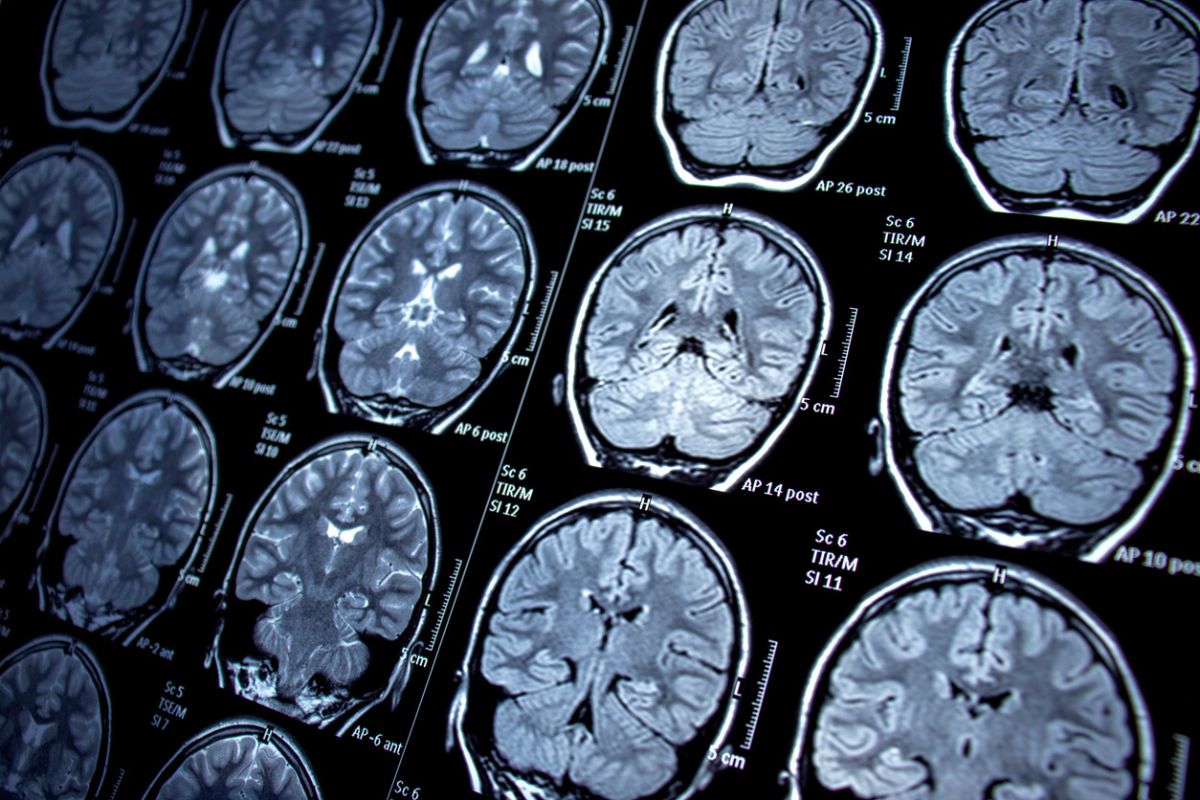The human body can be its own worst enemy, whether it takes the form of a simple peanut allergic reaction or cancerous growth sucking the life out of a thyroid. It also seems to extend to multiple sclerosis, with new research emerging that suggests that the body’s immune response to the Epstein-Barr virus (EBV) might play a part in threatening patients with multiple sclerosis.
That’s the consensus from new research out of UTHealth Houston, which shows that T-cells unique to EBV-infected cells appear in disproportionately high numbers in the cerebrospinal fluid of multiple sclerosis patients in the disease’s earliest stages.

“We saw a clear signal of enrichment of T-cells specific for LCL in the cerebrospinal fluid from the multiple sclerosis patients,” lead author Assaf Gottlieb, PhD, with The University of Texas MD Anderson Cancer Center UTHealth Houston Graduate School of Biomedical Sciences, explained in a press release. “This pattern was very different from what we observed in other neurologic diseases, suggesting it is unique to multiple sclerosis.”
Digging Deeper Into an Established Link
The scientific community has long acknowledged a connection between EBV infection has long and multiple sclerosis, but there’s been no consensus as to the extent of its contribution to the disease.
More than 95% of people have contracted EBV, but it normally remains dormant. But, occasionally, the EBV T-cells can lead to problems.
To better pin this connection down, the Houston researchers secured blood and cerebrospinal fluid samples from eight patients with an MS diagnosis. They stimulated cells from the patients’ blood with a variety of stimuli, including EBV-infected lymphoblastoid cell lines (LCLs) from the same person, cell-free EBV, varicella zoster virus (chicken pox); influenza virus, and candida.
The researchers then ran RNA sequencing for T-cell receptors to determine which of the stimuli the cerebrospinal fluid T-cells reacted to.
Uncovering a Previously Unknown Thread
On average, the study revealed that “13% of the T-cells in the cerebrospinal fluid of people with the first symptoms of multiple sclerosis are unique to autologous B lymphocytes infected with EBV, demonstrating a clear link.”
And, “In the most expanded cerebrospinal fluid clones, which scientists expect to play a role in multiple sclerosis pathogenesis, the abundance of LCL-specific T-lymphocytes is even higher, at 47%.
T-cells for the three other common infections failed to show a similar frequency.
“This work demonstrates that T-cells specific for LCL are present in the cerebrospinal fluid at the earliest stages of disease,” added senior author J. William Lindsey, MD, professor in the Department of Neurology with McGovern Medical School at UTHealth Houston. “This strongly suggests that these T-cells are either causing the disease or contributing to it in some way. We have experiments in progress to define what these cells may be doing.”
Closer to a Better Understanding
No one claims that this latest research explains just how T cells influence the development of MS, especially, since just a tiny fraction of those infected with EBV end up contracting MS.
But it’s another block in building a foundation to better understand the disease. Future research needs to clarify other contributing factors to better establish causality.
Proceedings of the National Academy of Sciences published the study in its latest issue.
Further reading
Establishing a Diagnosis of Multiple Sclerosis



